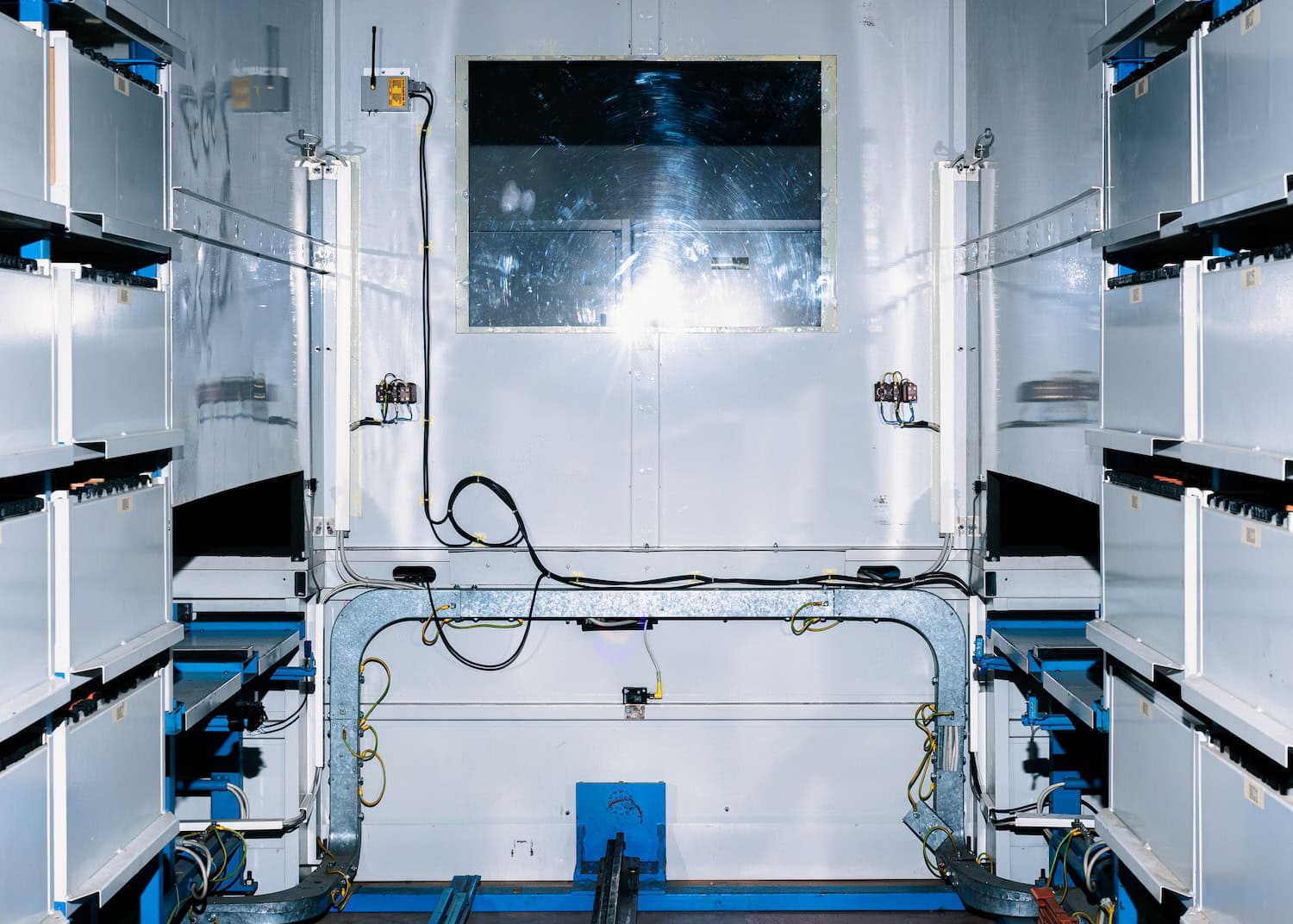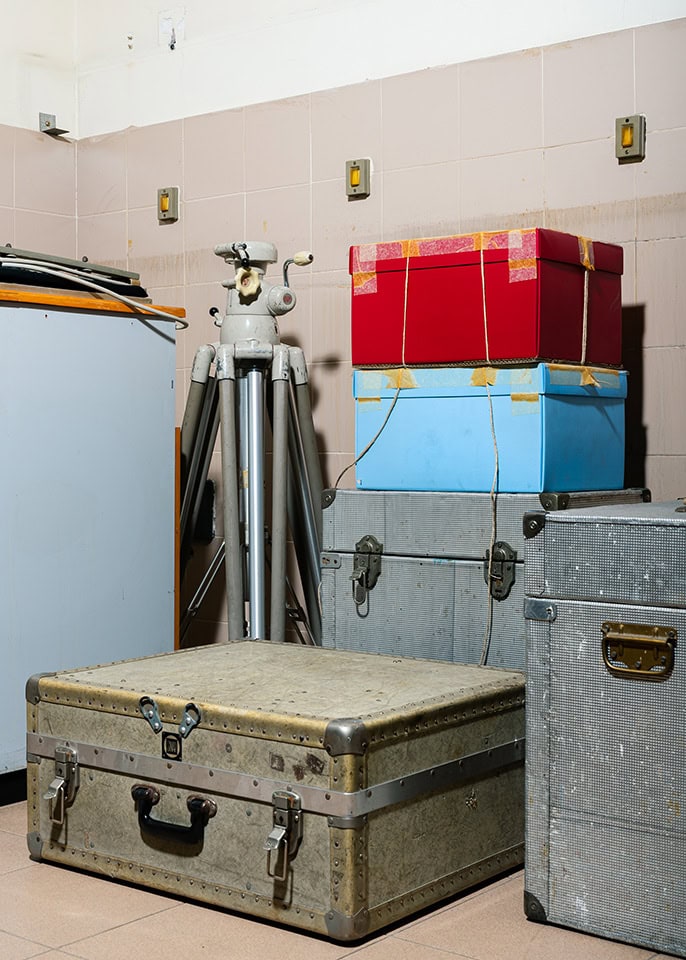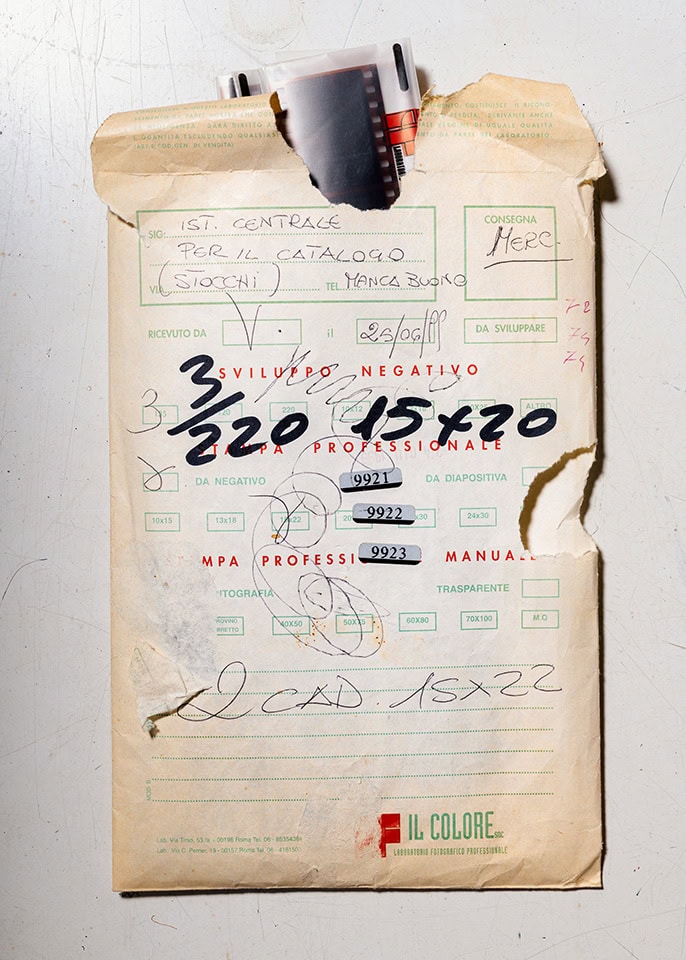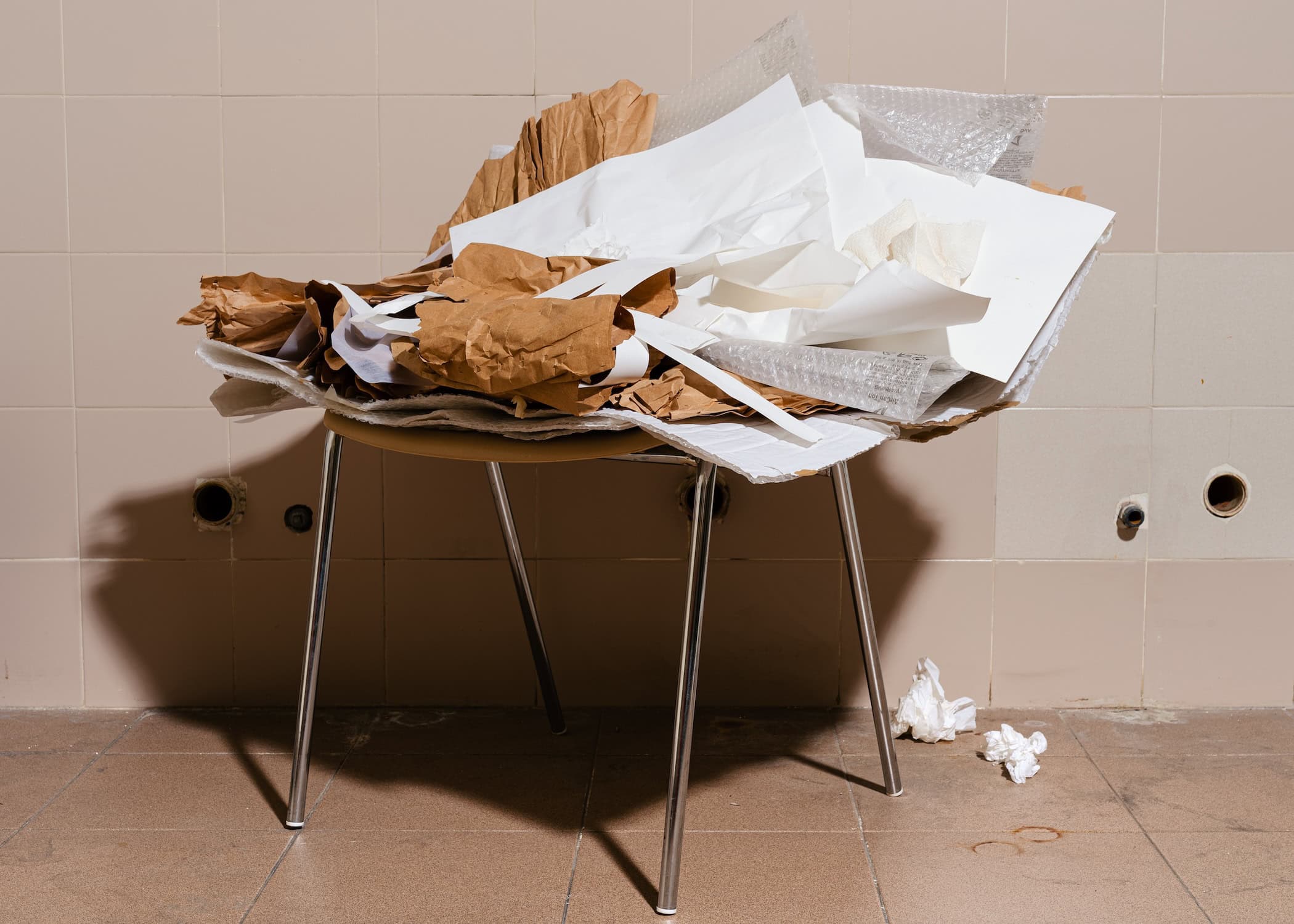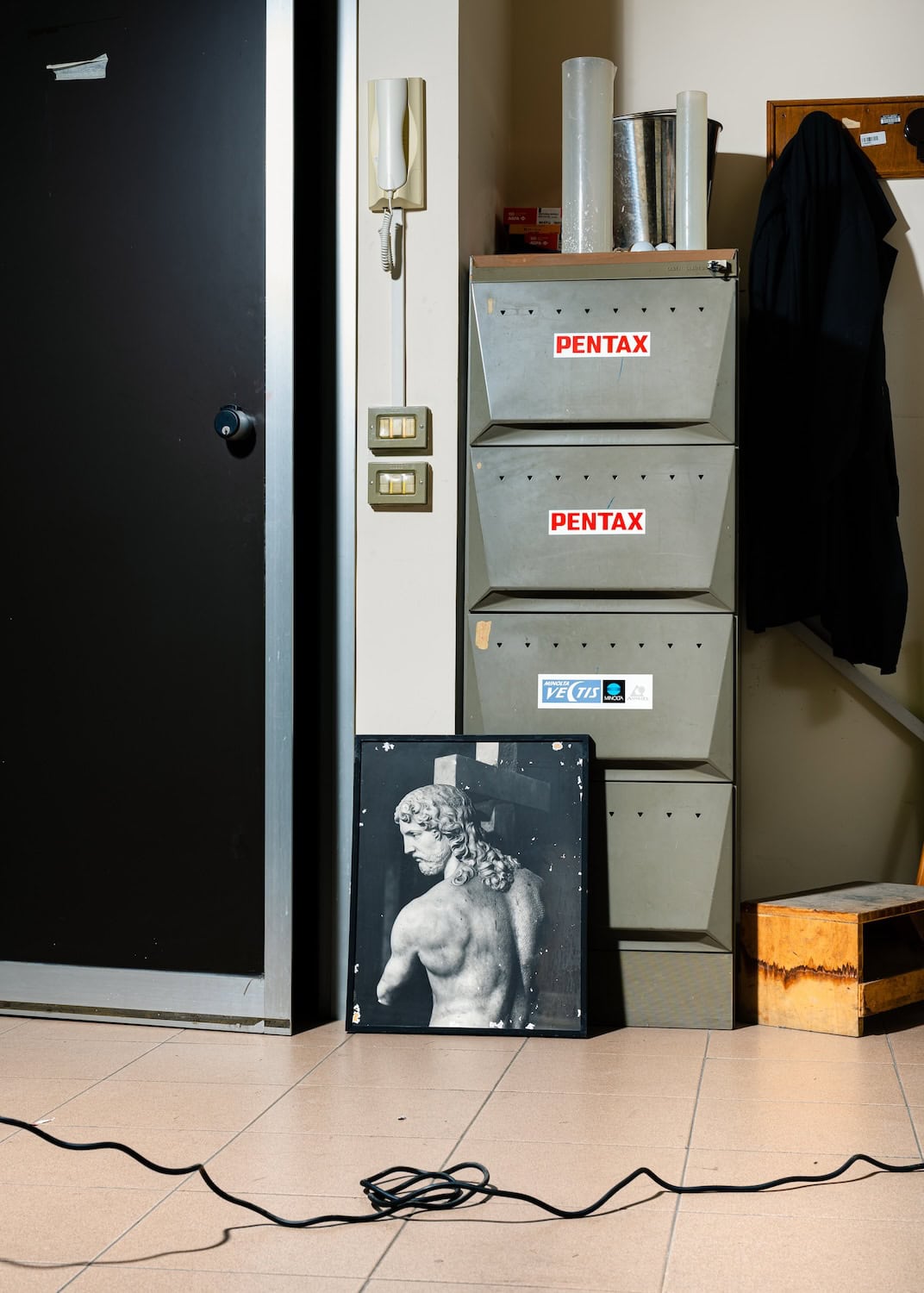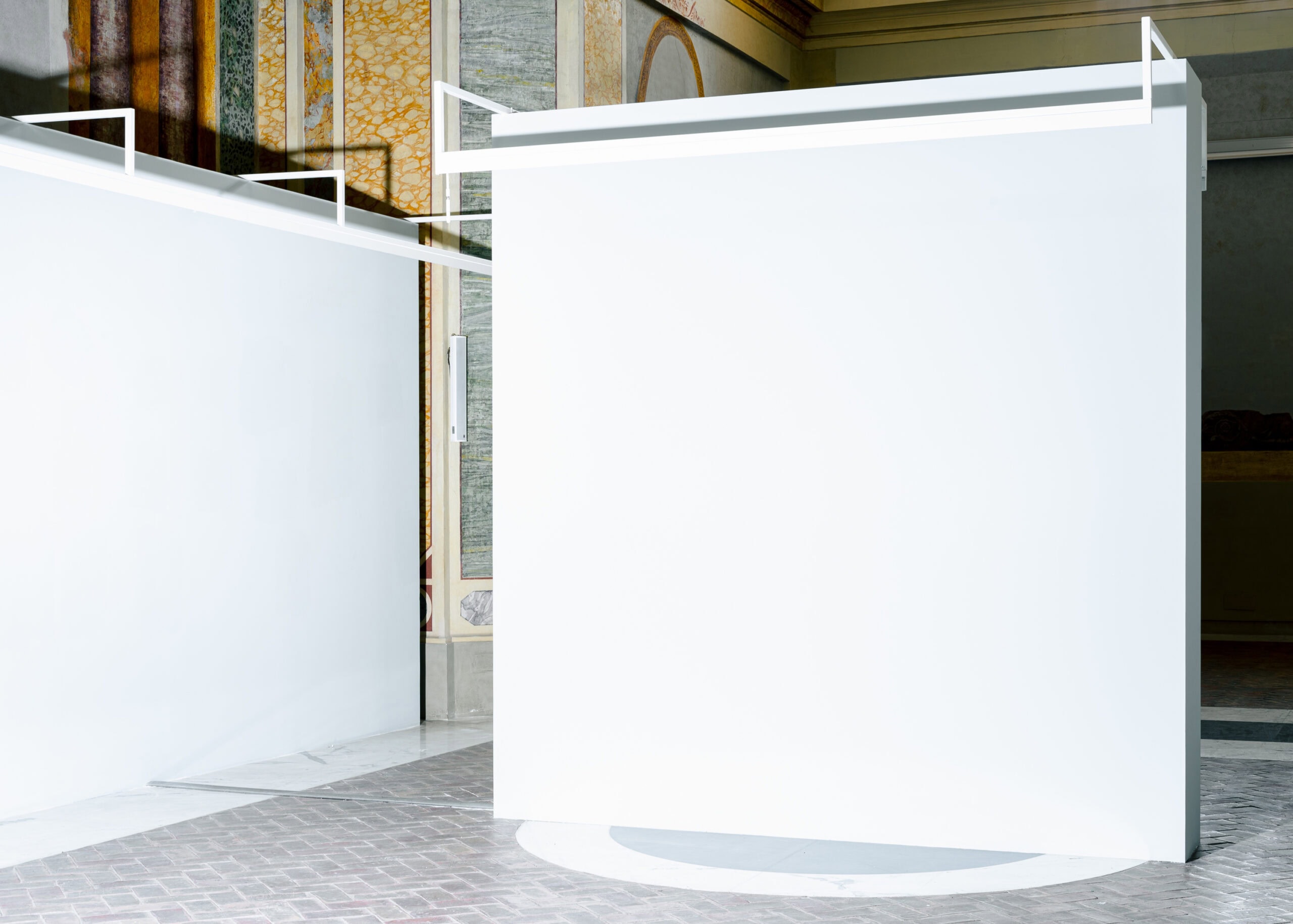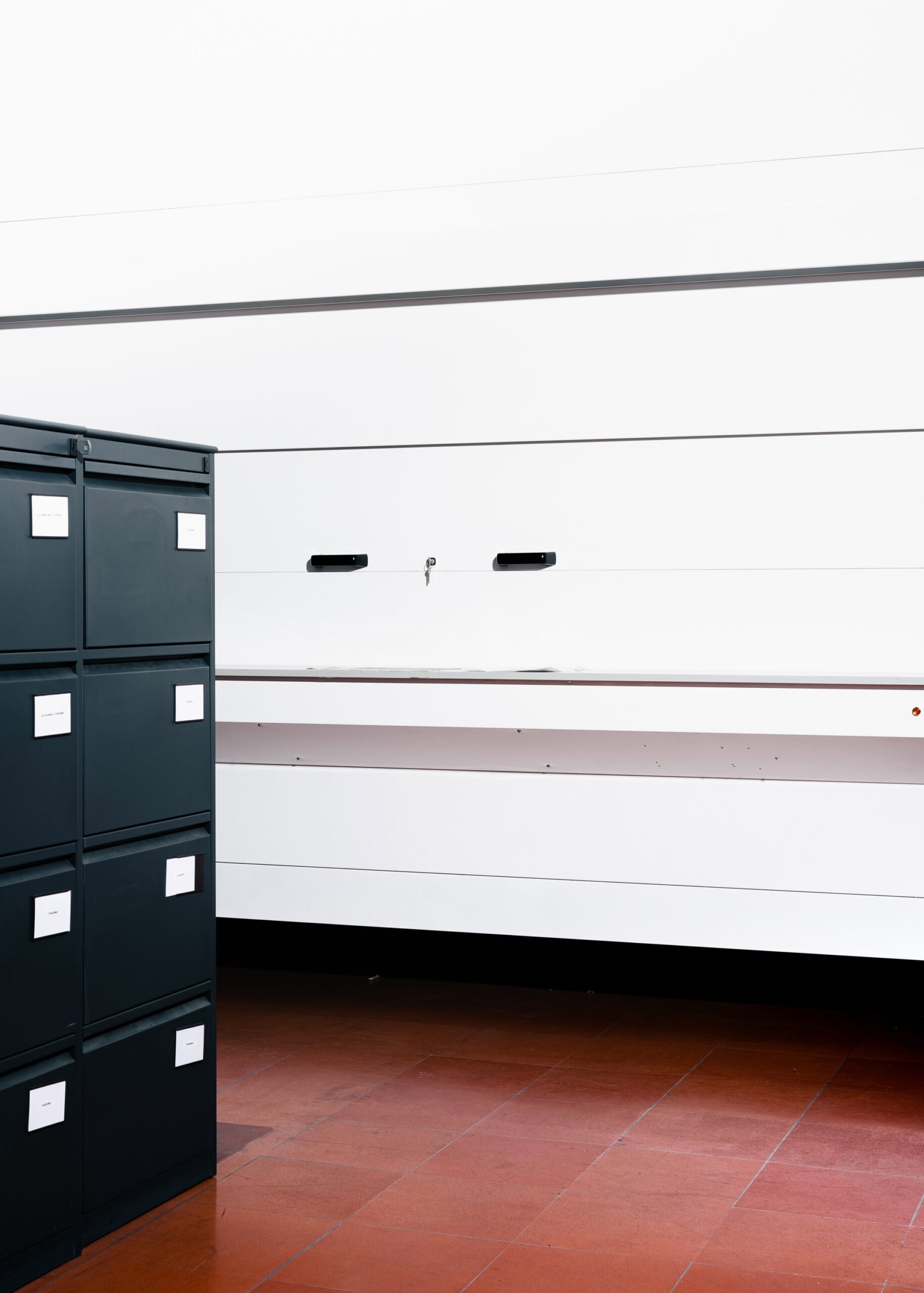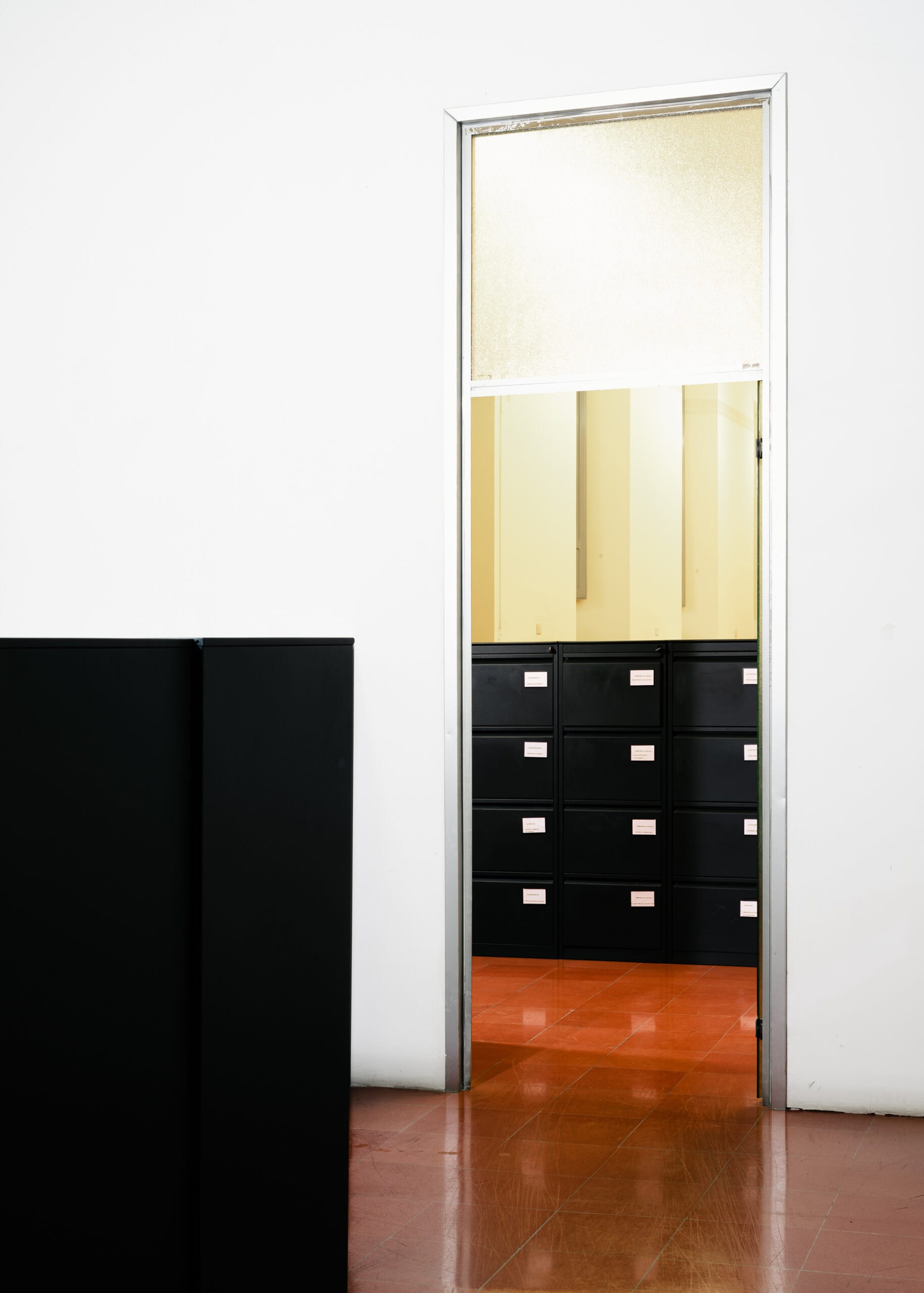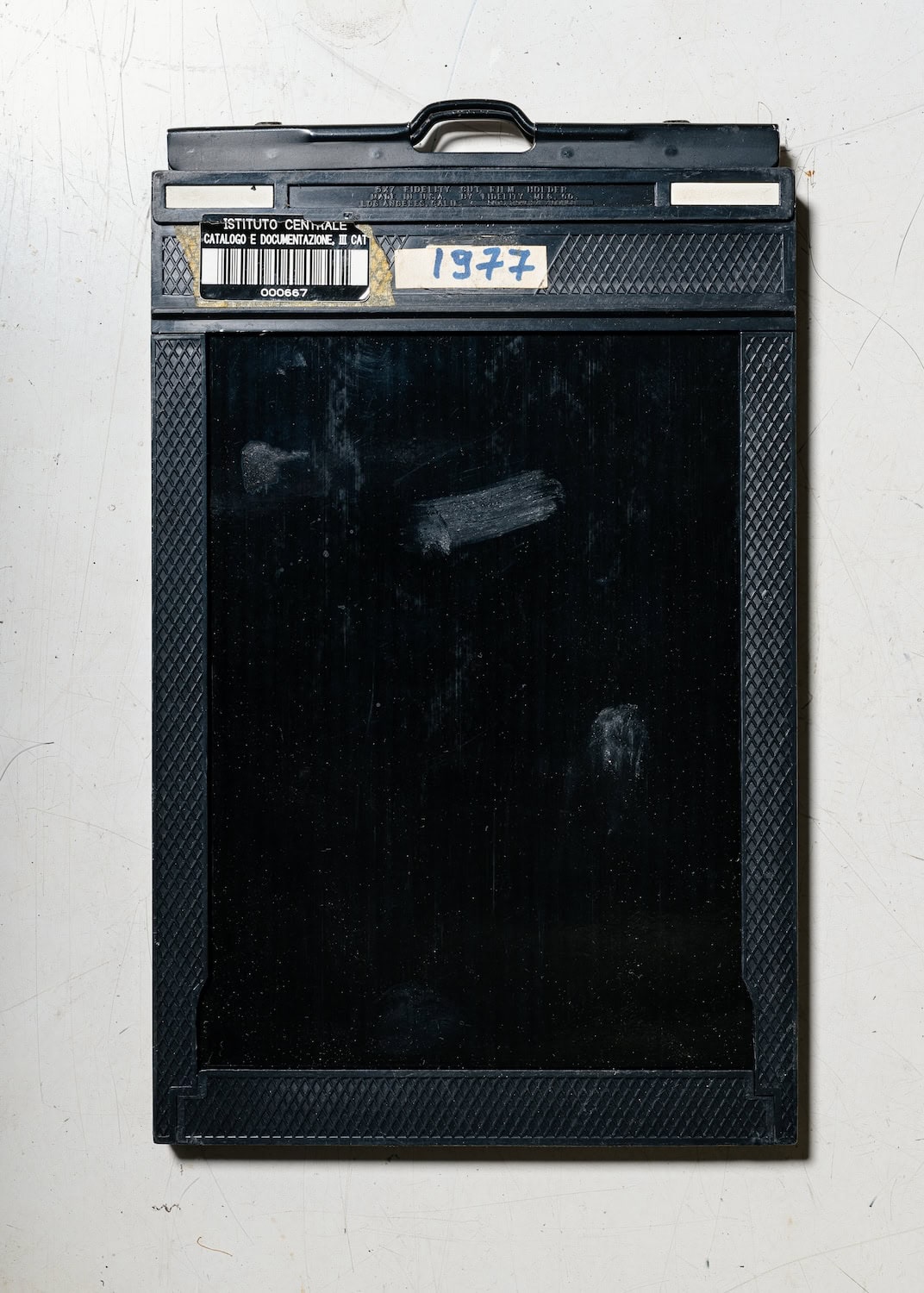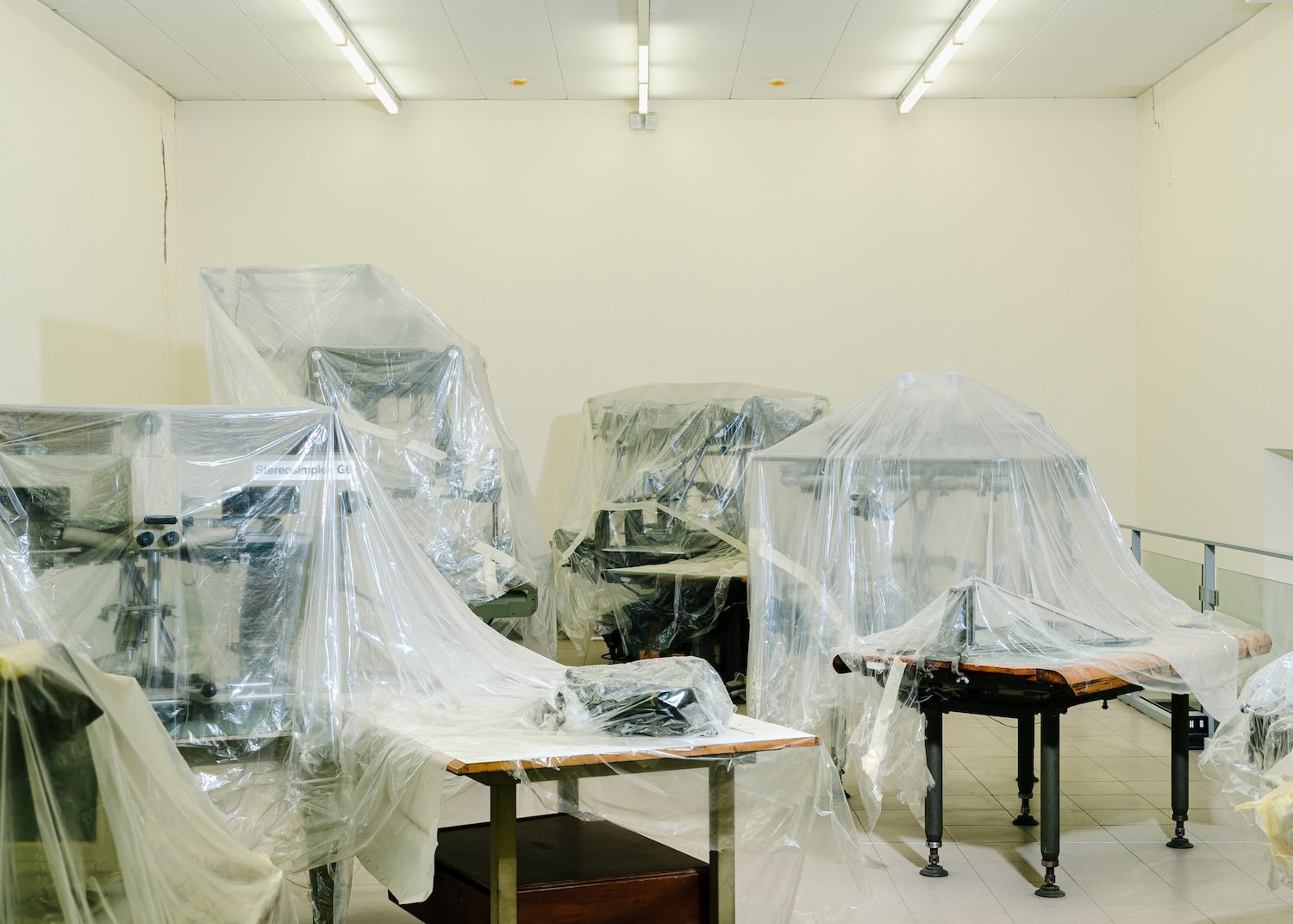Friedrich Nietzsche in Human, All Too Human (1876-1878) predicted that in the modern age, different civilisations, cultural fragments, and histories would coexist, mingling and traveling on the same frequency as human beings.
In modern and post-modern times, this space of coexistence has always been associated with the idea of the archive because it is the only socio-cultural device with a functional capacity to record time and make it accessible. This peculiarity, at the same time, gives rise to a true theatre of memory. Archives produce our presence by delineating, through its constant activity of ordering, the so-called “edge of time”, to quote Michel Foucault. It surrounds and overlooks us by relating to a network of phenomena of unstable and constantly changing entities.
Archives are devices capable of generating permanence by adopting change, capable of reinterpreting, reordering, and re-enunciating what is contained within it. Archives are perpetually poised between two extreme acts: destroying, thus forgetting, and preserving, therefore remembering.
Archives are sorts of alternative spaces animated by documents, photographs, books, objects from different and distant worlds. They function as heterotopias in which complex and specific dialogues are built in. These dialogues put humans in a close relationship with the past and direct to the future. We could define these elements as involuntary witnesses, inexhaustible sources of information.
Nel quasi invisibile (Italian for “into the almost invisible”) aims to represent the complex archival system embodied by the Rome-based ICCD–Istituto Centrale per la Catalogazione e la Documentazione (“Central Institute for Catalogue and Documentation”). Alessio Pellicoro’s presence within the archival body, can be seen as a sort of material turn in which the recovery and appropriation of objects, traces, documents, materials, and remnants of everyday life become the cause for a possible recovery of a reality hidden in space. Pellicoro built over time his own archive related to elements with no pre-existing connection. Working on the seriality of gesture and gaze, as well as archival practices in their various forms and facets, Pellicoro extracted contents from their crates as Walter Benjamin would do. This process allows him to discover and rediscover the archival objects by drawing them into a present, where he himself becomes a trace.
Alessio Pellicoro was born in Taranto (Italy) in 1994. He approached photography in 2016 and from that moment he decided to devote himself entirely to studying the photographic image. The following year he began a three-year degree course in Photography and Visual Arts at the European Institute of Design (IED) in Rome, graduating with honors in July 2019. This course allowed him to deepen his knowledge of analysis and the production of photographic images, as well as the privilege of taking part in various master classes and workshops in Italy and abroad. In 2020 he began a two-year MA in Cultural Heritage Conservation and Editorial Design in Photography at ISIA (Istituti Superiori per le Industrie Artistiche, Urbino), graduating with honors in 2023. His works have been published in various paper and online magazines such as Phroom, Photocaptionist, Conceptual Project, Life Framer, Ombra Magazine, ArtDoc Photography Magazine, Yogurt Magazine, C41 Magazine, Urbanautica, Perimetro, Il Fotografo, GUP and others. In 2020 he published Abisso his first photographic book with the publishing house DITO Publishing.
